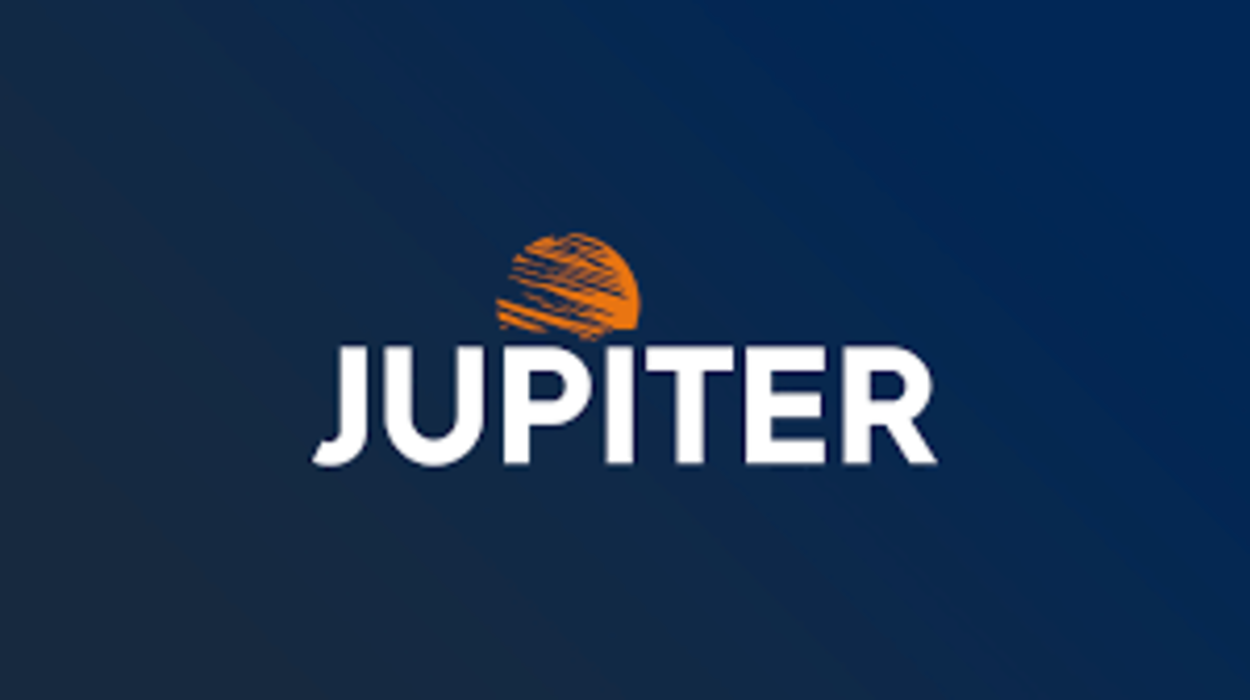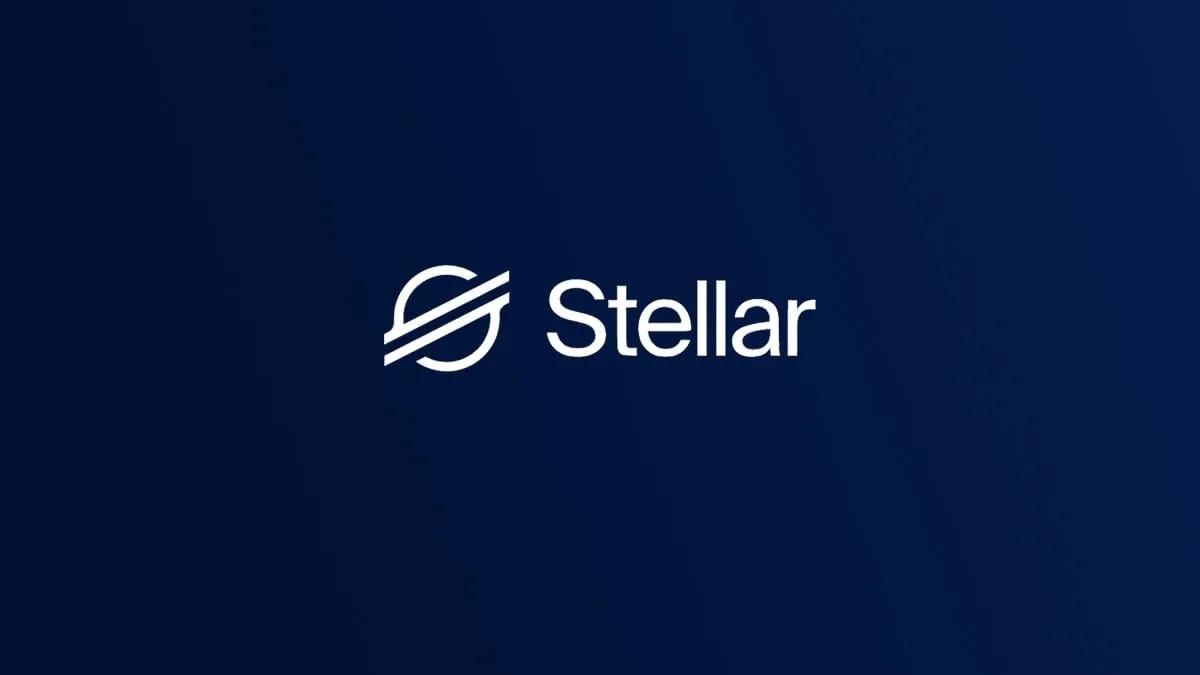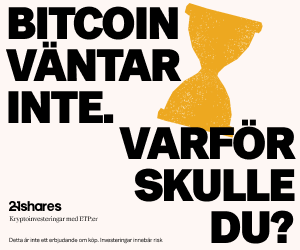I have been talking to exchange-traded fund (ETF) investors for more than a decade, and when I mention the numerous benefits of the structure, I often hear “I don’t need intraday liquidity, so that does not benefit me.” Well, I am here to tell you that whether or not you utilize the intraday liquidity, it benefits all ETF investors.
The exchange listing, or “ET” part of “ETF,” is what allows this product to have intraday liquidity. But the exchange listing also gives ETFs benefits over other product wrappers, such as mutual funds, that are not listed. The exchange listing gives ETF investors an extra avenue of liquidity, tax efficiency and the possibility to trade at less than cost.
Here’s a question we are frequently asked: “What happens to ETF liquidity in times of stress—in particular, fixed income ETFs?” My answer is that the ETF wrapper is not magical; it is transparent and will reflect the stress that is going on in the underlying asset class. However, because the ETF is exchange listed, it provides an extra avenue of liquidity in addition to the liquidity provided by the underlying securities in the ETF. This proves extremely useful during times of stress. For example, in the fall of 2015, Third Avenue’s now fully liquidated mutual fund, Third Avenue Focused Credit, was invested in extremely distressed debt.
The high-yield bond market seized, and the fund had to halt redemptions. While this occurred, many high-yield bond ETFs continued to trade without error. Although spreads may have widened to reflect the underlying stress, these ETFs went on to trade many multiples of their average daily volumes for many months. Investors who needed high-yield exposure flocked to a transparent meeting place that was functioning. The exchange gives the underlying asset class another venue to trade on without having to transact in the underlying securities. The exchange listing not only augments the liquidity profile of an ETF, but it also provides a liquidity buffer in times of crisis.
A second key benefit of being exchange listed is that ETFs generally are more tax efficient than their mutual fund counterparts. This is due to two factors: the ability to create and redeem (grow and shrink in size) through the in-kind mechanism, and the ability to trade on exchange. The in-kind mechanism gives portfolio managers more control over their tax lots. The ability to trade on exchange allows shares of the ETF to be passed back and forth without necessarily creating turnover in the underlying portfolio. In fact, an Investment Company Institute report notes that less than 10% of the ETF average daily volume (ADV) translates into creation/redemptions, or trading within the fund.1 Think about it; 90 % of the ADV of an ETF is changing hands without the underlying portfolio trading. So, relative to nonlisted wrappers, on average, the ETF fund trades 90% less, which reduces the opportunity to create capital gains. The extra avenue to trade on exchange provides another buffer from constant trading within the fund.
A third important benefit of being exchange listed is that an ETF has the potential to trade at less than cost. That means an investor may be able to buy or sell an ETF for less than if an investor were to buy or sell the underlying components on his or her own. Because of the fact that, on average, only 10% of the ETF ADV results in trading within the fund, the 90% that doesn’t require portfolio trading creates cost savings in execution to the market maker. These cost savings are then passed on to the end investor in the form of tighter spreads. In fact, Virtu (then called KCG) published a research report saying that 90% of U.S. equity ETFs with U.S. equity underlying securities trade tighter than the cost to buy or sell that collection of securities.2 A mutual fund investor typically will not have that opportunity. The ability to congregate on exchange provides the end investor with execution cost savings a majority of the time.
The exchange listing of an ETF provides a place away from the portfolio to trade exposure of that investment strategy. This extra place to trade adds another dimension to that investment strategy. Even if you’re a long-term holder of ETF and don’t need or want to trade intraday and think ETFs aren’t for you, think again. The fact that the intraday liquidity exists and these products are exchange traded provides the end investor with enhanced liquidity, tax efficiency and a high possibility to execute that strategy less than it would cost to buy the strategy yourself.
Anita Rausch, Head of Capital Markets
Important Risks Related to this Article
Neither WisdomTree Investments, Inc., nor its affiliates, nor Foreside Fund Services, LLC, or its affiliates provide tax advice. All references to tax matters or information provided in this material are for illustrative purposes only and should not be considered tax advice and cannot be used for the purpose of avoiding tax penalties. Investors seeking tax advice should consult an independent tax advisor.
Foreside Fund Services, LLC, is not affiliated with the entities mentioned.

 Nyheter4 veckor sedan
Nyheter4 veckor sedan
 Nyheter3 veckor sedan
Nyheter3 veckor sedan
 Nyheter3 veckor sedan
Nyheter3 veckor sedan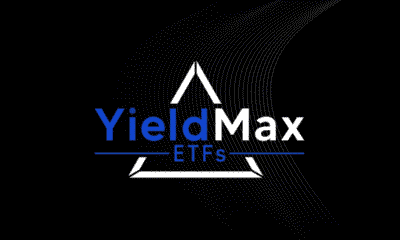
 Nyheter3 veckor sedan
Nyheter3 veckor sedan
 Nyheter4 veckor sedan
Nyheter4 veckor sedan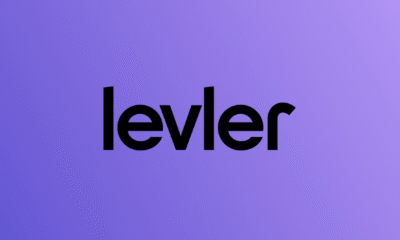
 Nyheter1 vecka sedan
Nyheter1 vecka sedan
 Nyheter4 veckor sedan
Nyheter4 veckor sedan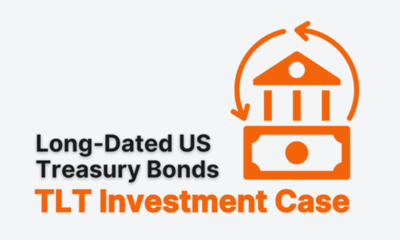
 Nyheter4 veckor sedan
Nyheter4 veckor sedan
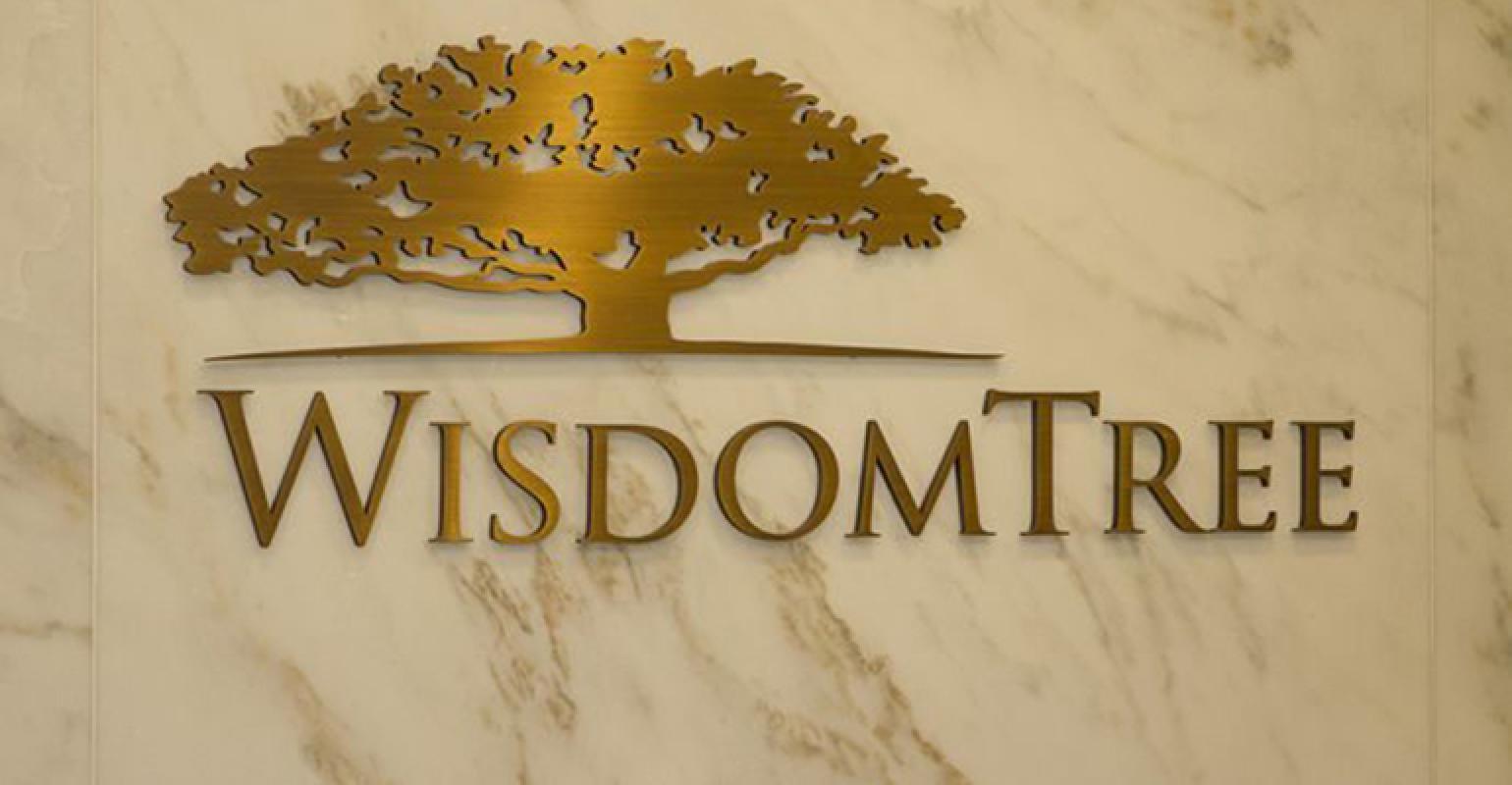

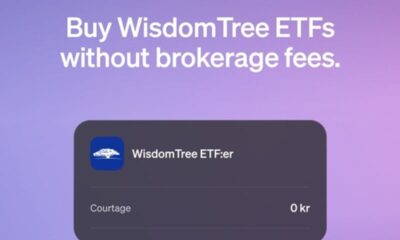

![WisdomTree, en global finansiell innovatör, meddelade idag att deras europeiska ETF[3] och ETP-sortiment har nått 50 miljarder dollar i förvaltat kapital, vilket markerar en viktig milstolpe i deras tillväxtbana. Prestationen understryker styrkan i WisdomTrees UCITS-plattform, deras ledarskap inom guld och råvaror, och deras position som en pionjär inom krypto-ETPer. Globalt förvaltar WisdomTree över 140 miljarder dollar, över olika tillgångsslag, för investerares räkning.](https://media.etfmarknaden.se/2025/10/50-400x240.jpg)
![WisdomTree, en global finansiell innovatör, meddelade idag att deras europeiska ETF[3] och ETP-sortiment har nått 50 miljarder dollar i förvaltat kapital, vilket markerar en viktig milstolpe i deras tillväxtbana. Prestationen understryker styrkan i WisdomTrees UCITS-plattform, deras ledarskap inom guld och råvaror, och deras position som en pionjär inom krypto-ETPer. Globalt förvaltar WisdomTree över 140 miljarder dollar, över olika tillgångsslag, för investerares räkning.](https://media.etfmarknaden.se/2025/10/50-80x80.jpg)







